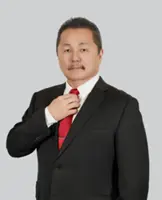SINGAPORE: More active exchange-traded funds (ETFs) are in the pipeline for the Singapore Exchange (SGX) in the wake of increased investor demand.
Kang Wei Chin, the exchange’s associate director of securities trading, said “discussions are under way with local and global ETF issuers” to launch more active ETFs here.





